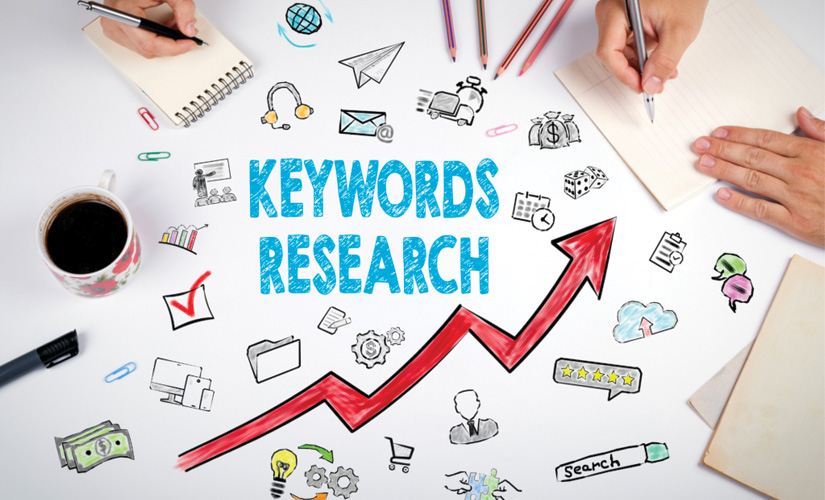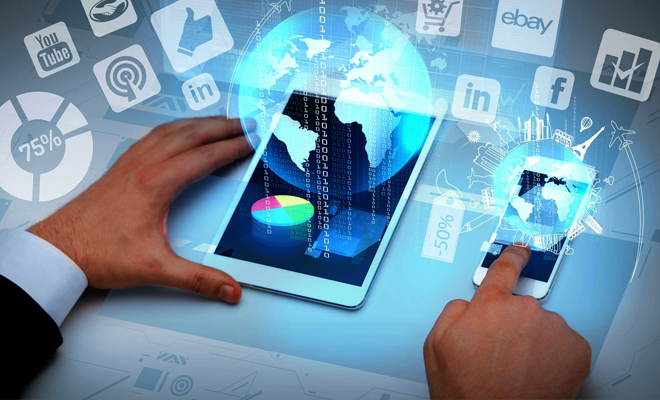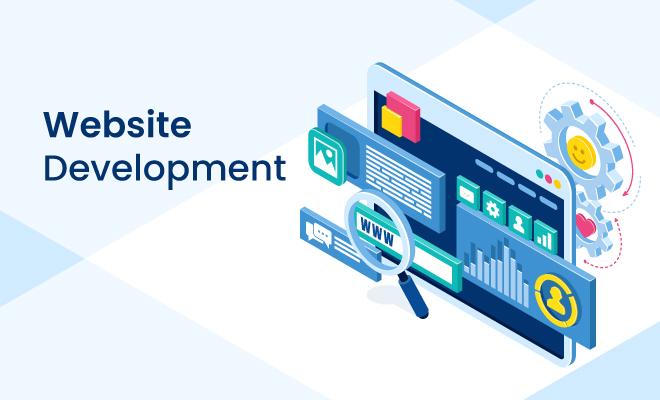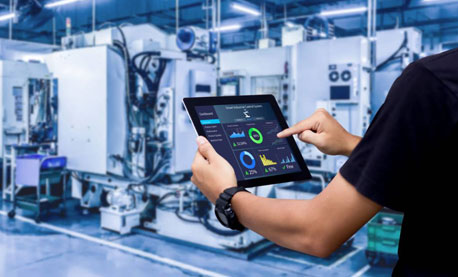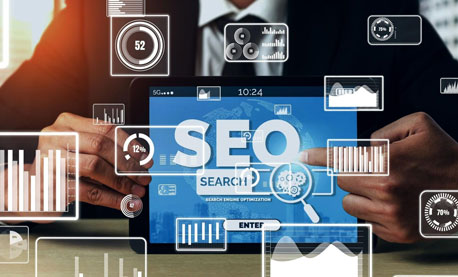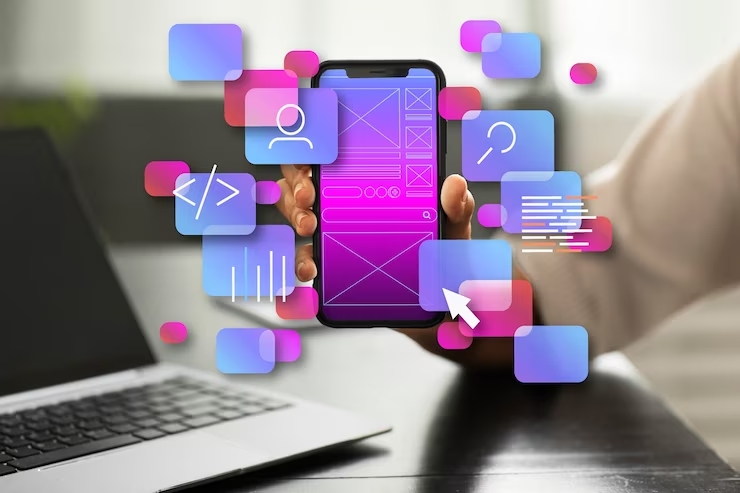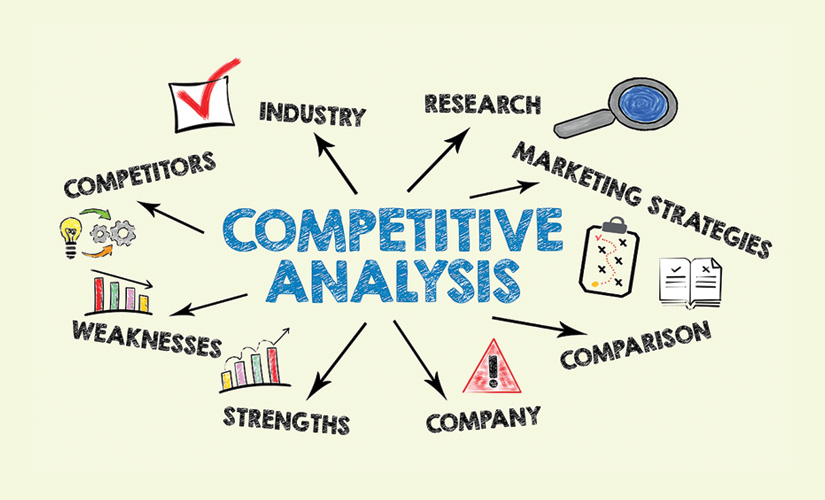Why Restaurant Management Software Need For Sales
The restaurant management software ecosystem is complex and getting more so every year. There are scores of technologies that simplify and solve challenges that restaurants face. If you are searching for the best Restaurant Management System in Bangladesh GCTL IFOSYS can be the most reliable partner of your business.
You’ve got products for the entire spectrum of restaurant operations. Then there’s the whole universe of restaurant analytics.
It seems that the need to simplify is spawning more complexities.
Digging deeper into the downside
Research suggests that restaurant owners see the need for technology to simplify operations. But they are also jittery about the complexities it brings to the guest’s experience. Very often, effective use of these technologies requires complex integrations. And interruptions to the guest’s experience.
Especially when you have products that don’t talk to each other. Imagine going to a restaurant to spend some peaceful time only to be hijacked by a screen or a form.
Also, having individual technologies across the entire restaurant technology stack can be expensive. Not only money but the time it takes to make all the parts function together. This is key when you get your major sales on a few days in a week. No one wants to be grappling with technology instead of serving guests. And flipping tables.
Not a case against technology, but for it
In fact, the need of the hour is coherence, automation, and smoothness. High competition leads to increased demands from technology to reduce redundant work. And rightly so. If your phone can (soon) book you a flight ticket, navigate you to the nearest airport and tell you which hotel to book – your restaurant tech should be able to run with minimal manual intervention.
So what is a restaurant management system and what makes it good?
A restaurant management system is a collective term for software that helps streamline food business operations. Namely, restaurants, bars, bakeries, cafes, cloud (dark, virtual, ghost) kitchens, food trucks or delivery businesses.
It combines all things that are good about the traditional POS (Point of Sale) systems, with tools that manage your phone calls, take table reservations, streamline inventory management, handle billing, provide actionable analytics, and also help with marketing activities such as CRM, loyalty programs and building an online presence. It also works seamlessly with your existing restaurant technology systems (your accounting and employee management software) and uses open APIs that let you integrate with any third party tool.
We will go a step further and define it is a software stack that helps restaurants grow.
- By helping restaurants:
- Reduce the order processing time.
- Automate redundant work.
- Deliver a great customer experience.
- Determine Profits & Costs
- Bottom line, a good one lets you focus on the things that matter – your creativity, the food, and your customer experience.
But as you can imagine, these software stacks are not cheap. And reevaluating them every time your needs evolve, is a waste of time and money. You need a system that is designed with future needs in mind and is feature packed.
Tools and software that make up a restaurant management system
We will go through all the tools and software in the restaurant management system software stack. Individually and in detail so that you don’t have to read 5 different articles to get the complete picture.
Restaurant POS
The POS is at the heart of your restaurant management system. When your customer’s orders get punched in, her details become a part of your database. This apart, the ticketing, billing, printing – the key operational activities are handled by your POS. You can now analyze customer data, see what works for you and make better, more informed decisions. Also, the customer data you collect is then used to feed your marketing. Nowadays, a lot of it can be automated. Think automated emails, SMS campaigns, social media ad campaigns that pursue your customer to make that repeat visit. Did you know that every 75% of your restaurant’s revenue comes in through a Repeat customer? Your POS is crucial to making this happen.
A modern cloud POS (more on this a little later) will help you in more ways than 1.
- Listing out the main benefits:
- Keep track of your data
- Easy to carry and use – POS software can be used from the comfort of your home or anywhere else as long as you have an active internet connection.
- Quick software updates allow your software to be as good as new.
- Safer and more secure data management.
- Restaurant analytics is also made easier with your POS. Whether restaurant strategy or operational metrics.
- With a robust POS you can now measure:
- Inventory Turnover (Food Usage)
- Restaurant CRM – Engagement metrics like open rates, social media engagement statistics.
Online Ordering Platform
These systems help you get business directly on your own platforms – website and app.
- Having your own has several benefits:
- Save on commissions that you pay to third-party aggregators
- Save more profit from each order
- Gives you the ability to market yourself differently and differentiate from your competition.
- Brand your app and website the way you want
- Allows you to collect customer data – further allowing you to run your own CRM campaigns, marketing and keep customers engaged.
- Gives you your own space on the internet, your permanent, non-depreciating an-asset.
- A seamless order, discount, checkout, payment, delivery status, feedback and loyalty experience matters. Your online ordering system is often the first touchpoint with your customer. And it can go a long way in making that great first impression and helping your brand grow. We strongly recommend that you pick a restaurant management system that has a robust online ordering system built in.
How do you make your online ordering system stand out? More about it here.
Order Management
It is always a great idea to be on top of what happens at your restaurant, both online and offline. Like the orders, you get both through your own order platform and online food aggregators like Foodpanda, Swiggy, Zomato. All the important updates regarding orders and status notifications will now appear on your dashboard, easing your management process significantly.
- The key benefits of having an order management platform are:
- Holistic order management – covers all channels
- Get notifications for order statuses
- Manage all the important customer calls on one dashboard
Table reservation system
This is critical for the Dine-in restaurant experience. You should be able to accept table reservations from your website and manage all your table reservations from your restaurant management system. This lets you keep a sharp eye on the guest list and wait times. Being alerted when loyal customers are headed to you is an added bonus. This lets you amp up the wow factor for them.
Restaurant Marketing Management
Communicate all your offers, your menu items, your special discounts the right way and more. This is what keeps your customers engaged and gets them back to your restaurant.
Here are the key parts of a restaurant marketing management set-up:
CRM management
SMS and Email keep your customers updated on the latest from your restaurant. With a restaurant management system, this process is automated after a customer signs up. You can add categories to your databases based on age, preferences, items ordered to better customize the messaging in your outreach campaigns.
Loyalty Management
Allows you to reward your loyal customers with better offers. Good loyalty programs (if promoted well) also incentivizes your new customers to become your regular customers. You can segment this further into categories based on the ‘degree of loyalty’ exhibited. This can be gauged through their total orders, average order value, the frequency of visits and so on.
App Marketing
All your subscribers can be notified of your latest developments through easy push notifications. Encourage your customers to download the app so that you can further amplify your app activities.
Restaurant marketing is now increasingly focused on the below aspects:
Marketing Automation
Data Analytics and Data-based segmentation
Middle of the funnel marketing that induces repeat visits – this includes drip marketing, CRM, loyalty management.
As emphasized before, a Restaurant management system helps you manage data better. It also helps plug in the leakages post lead generation through well-timed automated marketing that keeps your customers engaged at all times.
Employee management tool
We recommend an integration with a specialized employee management software.
Here are some features you should look out for:
- Employee attendance tracking
- Timesheets, productivity, and overtime tracking
- User access control settings.
- Employee details
- Payroll management feature or integration
Restaurant finances and Accounting software
Your restaurant finances and accounting software should help you determine the Cost of goods sold (COGS), track sales and profits and help you manage your taxes. And there is simply no one-size-fits-all approach to this. Every company has their own requirements. We recommend an integration with specialized accounting software for this one. One that has all the features you need to ensure your money matters are correctly handled.
Features that a restaurant management
system should have:
Cloud-based restaurant management systems offer flexibility that traditional systems cannot match.
Instant billing
The quicker your orders get punched, the quicker release. This can impact how much business you could generate in a given period. We fly out in 12 seconds. 4 seconds if you have order management integrated.
Point-of-Sale Operations (moving beyond just billing)
These days, POS operations include so much more than punching orders and billing. Loyalty integrations help drive customer delight, whilst menu recommendations help in predictive selling. A good POS focuses on reducing your table flip time (or order processing time). And a tableside POS is the answer.
Inventory or stock management
The inventory management feature lets you stock up on critical ingredients by alerting you before they run out. Imagine the impact on sales, if let’s say you run out of the main ingredient during busy dinner service? This could seriously hamper sales. With inventory management, you can also measure ingredients as you consume them.
One of the biggest challenges a restaurant faces is to know the cost of their food. Inventory management features help you determine this. This feature also lets you reduce your waste. You can run an offer to clear stock. Or ship excess ingredients to another outlet.
Menu updates
Easy changes to your menu – Online Ordering portal, order management or POS should be easy. You might want to update pricing (we have found this to be one of the most oft-recurring needs). So make sure you ask for a demo of the menu update process before you make a purchase.
Marketing & CRM module
Helps you get new customers and stay in touch with regulars. You should be looking for time-saving features such as automated customer segmentation. Your marketing automation & CRM should let you focus on delighting your customers with your messaging, offers or events.
Centralization
Managing everything from a single interface allows you to be mobile. You could then look at your most important performance metrics (by outlet) to know if something requires your urgent attention.
Scalability
Whether a single instance in a single space or multiple instances in multiple outlets, your restaurant management system needs to be built for scale. Your features need to evolve. And buying new technology every time can be expensive (and unproductive).
Integrations
Smooth integrations matter. All your software should talk to each other. Even better if they can have meaningful conversations (I’m not practicing my analogies here).
But here’s the thing about software integrations that no one talks about. They are expensive. The overall costs of integration are actually higher than the costs of software being integrated. So it’s important to consider a feature rich restaurant management system.
Ease of use
Clean interfaces and simple workflows make it easy to complete actions. The navigation of the interface should allow users to find what they are looking for. Mobile responsive interfaces enable working on the go.
Quick Support
Good support is contextual i.e. you get it when you need it the most. Let’s say you are stuck operating the software, that’s when support should be available to you. You shouldn’t be stuck with a software problem for too long or when you are swamped with a busy service, either.
Analytics & Reporting
If not the greatest benefit, visibility of your operations is arguably one of the most rewarding aspects of a restaurant management software. Dashboards help you scope and scan your restaurant business so that you can attack the more critical problems first. Anticipating oft-recurring issues and planning in advance also becomes easier. But too much data can be paralyzing. So it’s best if your software sends you simplified reports that you can get by email. It’s better to know which



